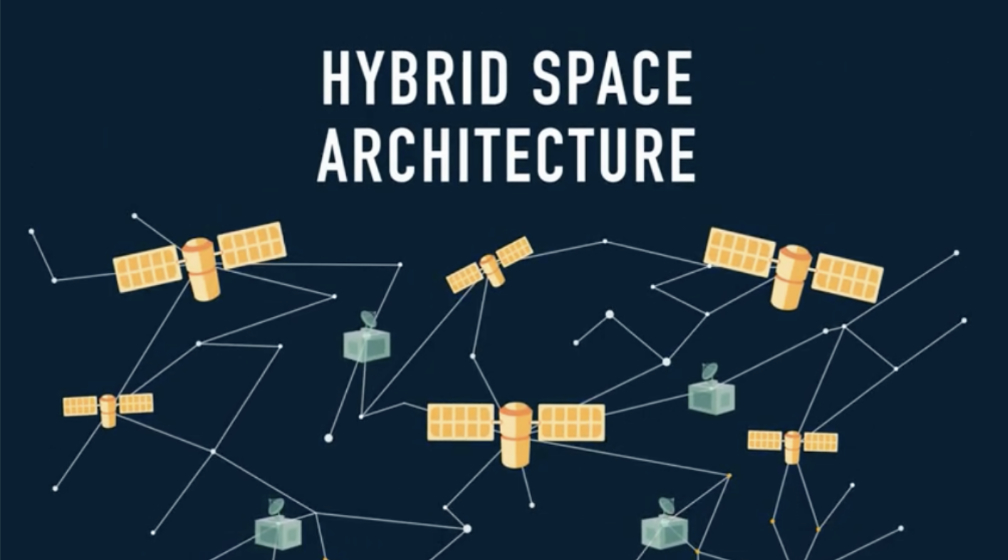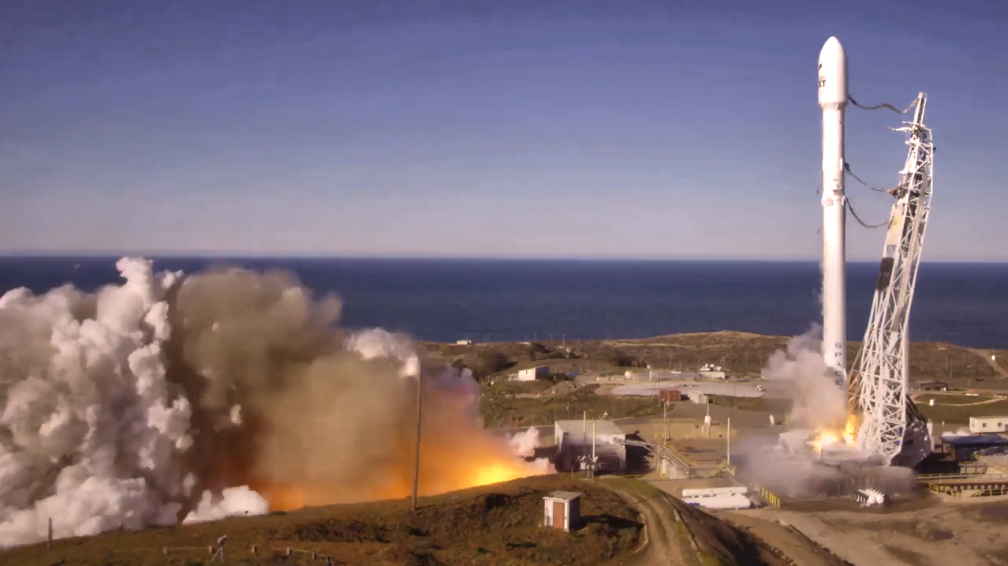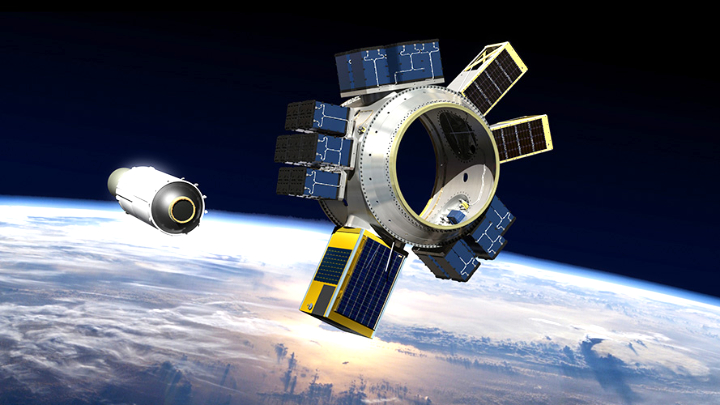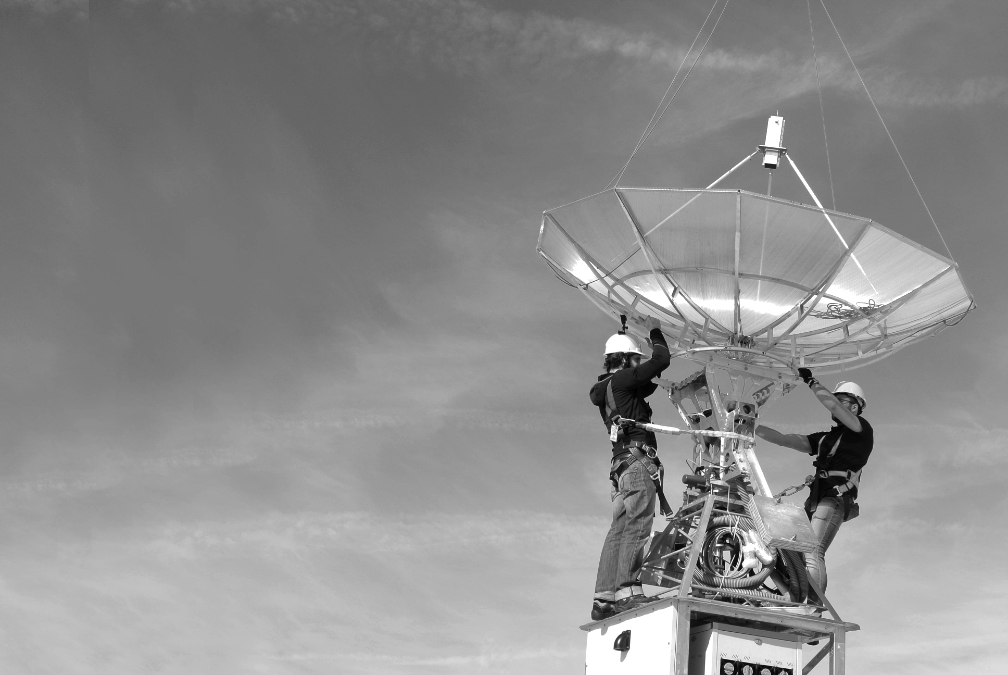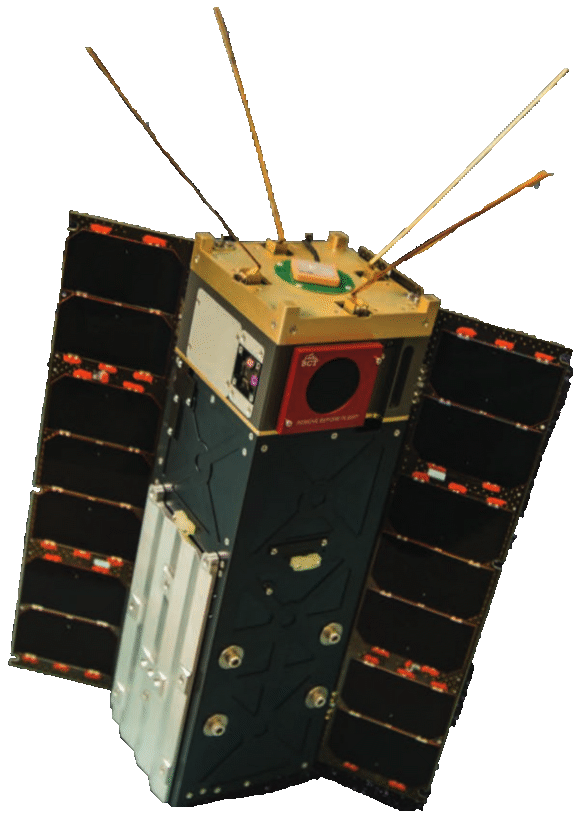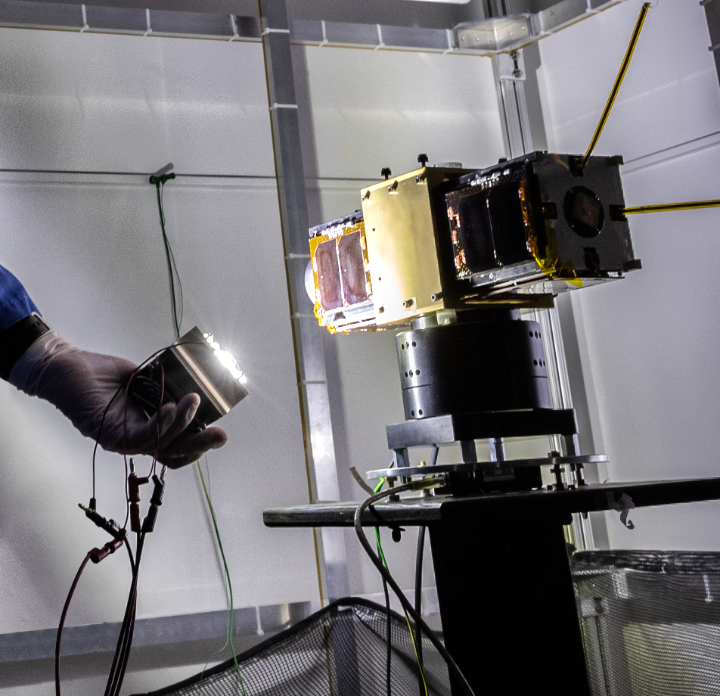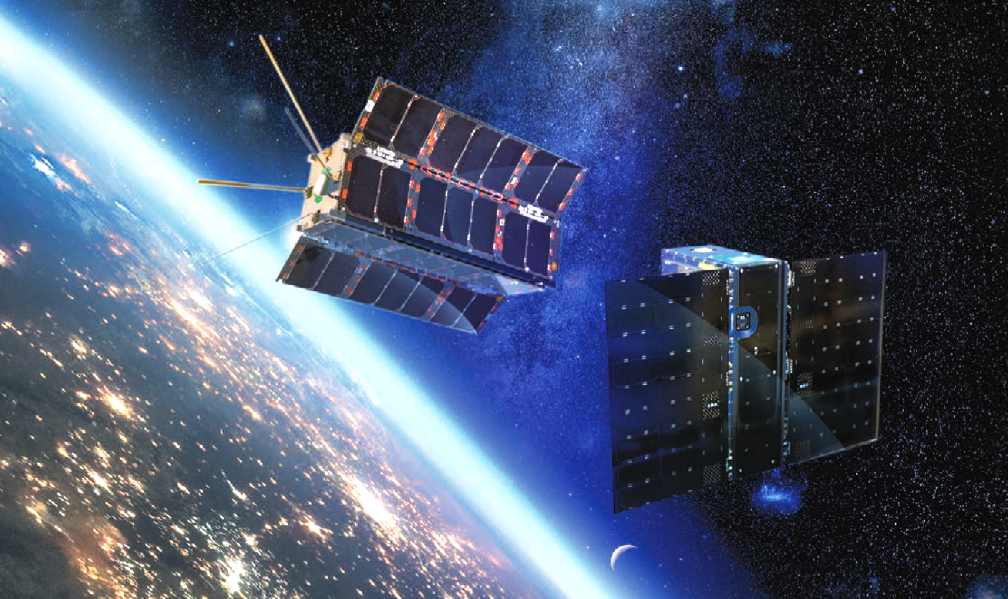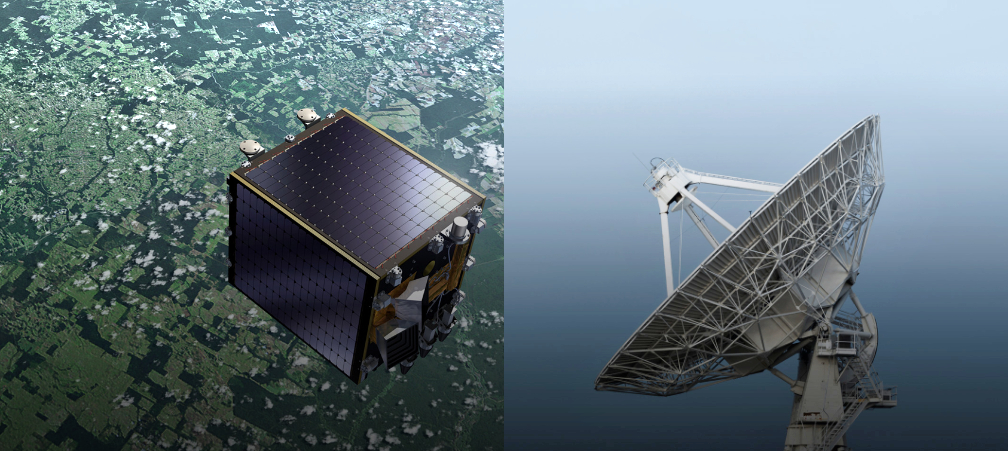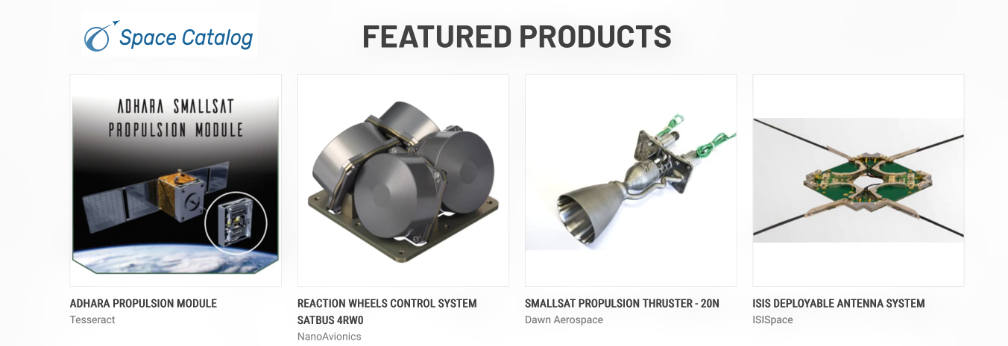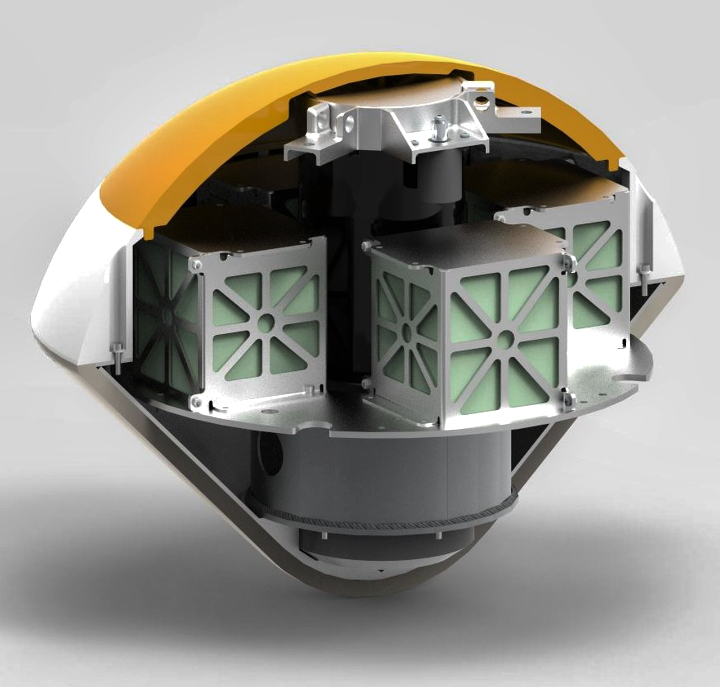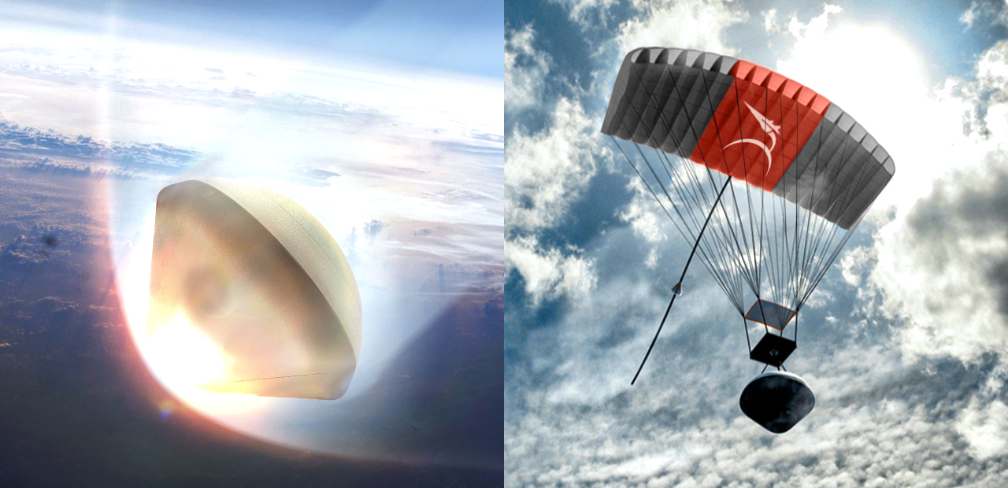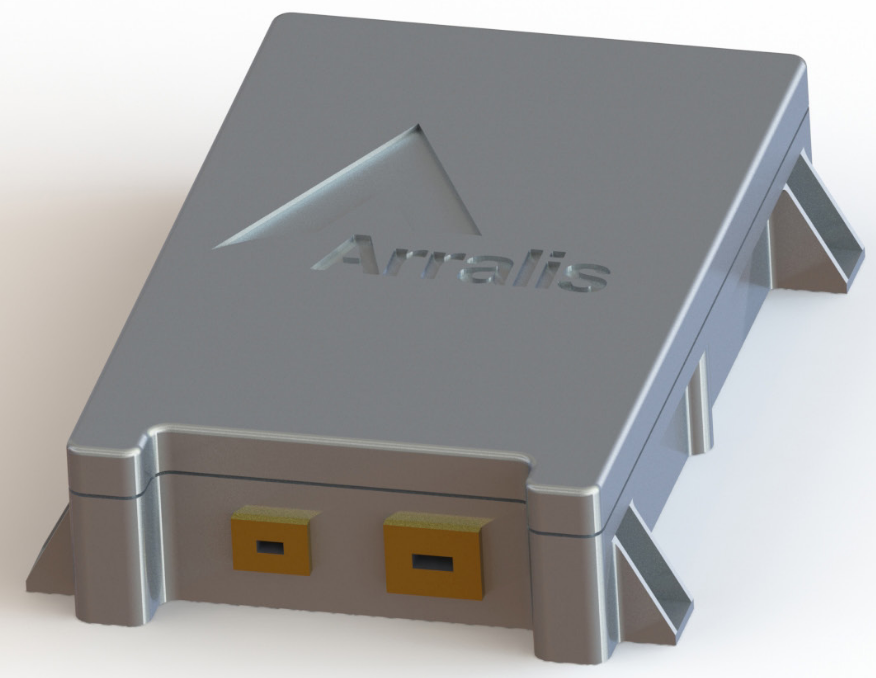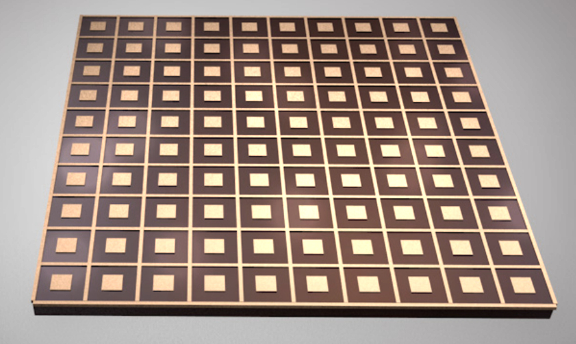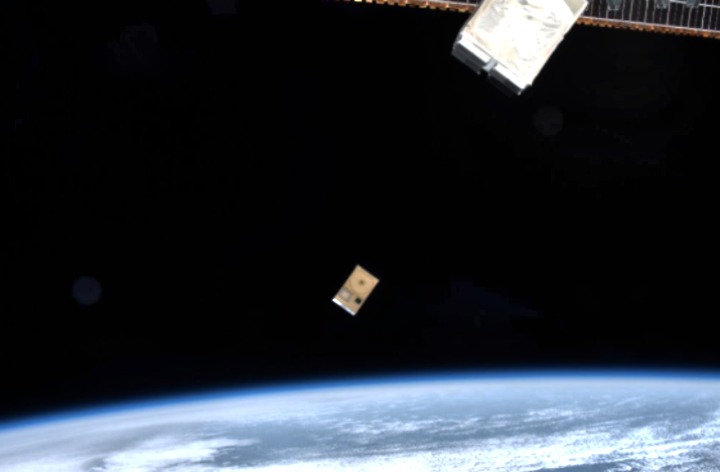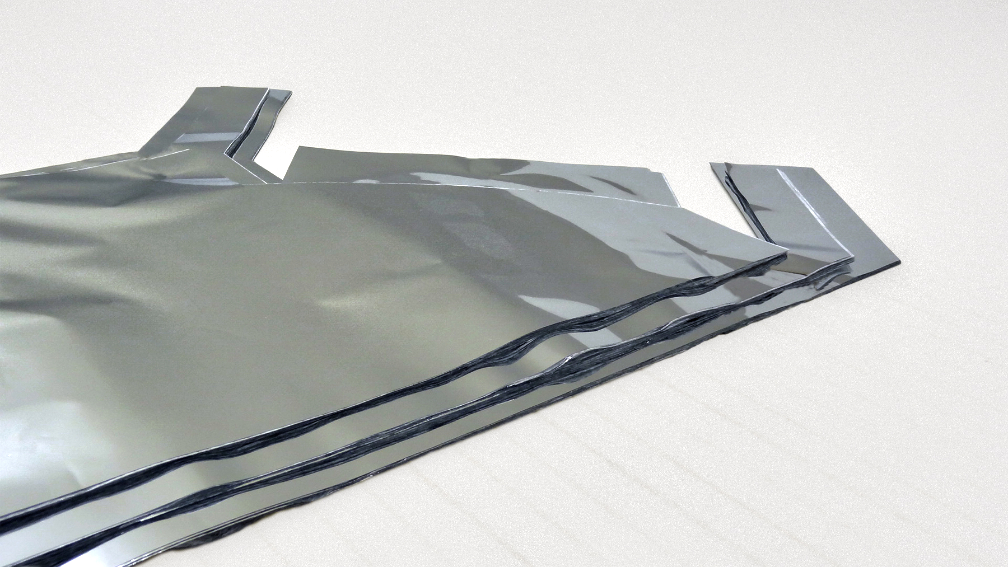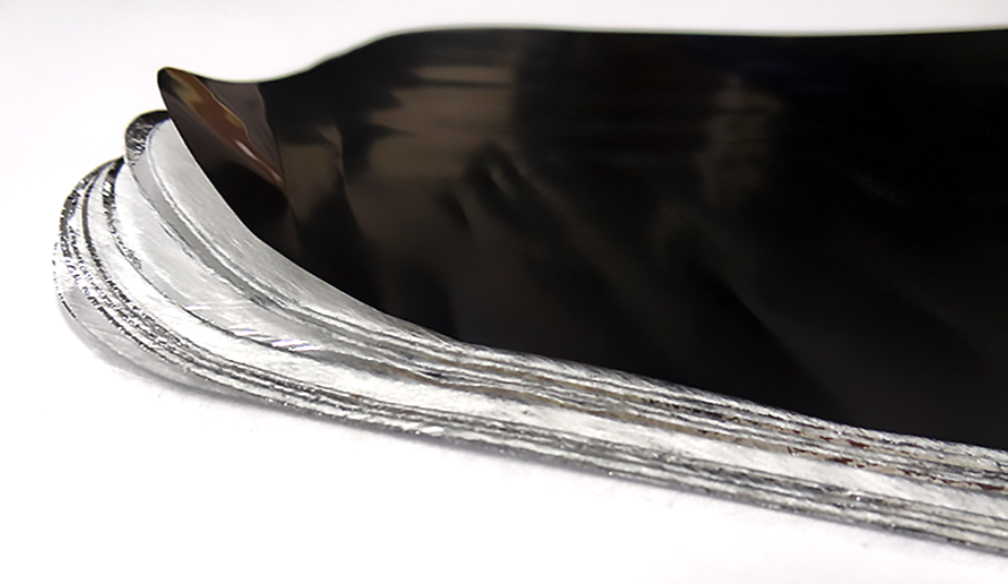At the 34th annual Small Satellite Conference, NanoAvionics announced a significant business growth, increasing its revenue by about 300% during the last 12 months, as a result of strong contract volume and geographical expansion.
The company also revealed its vertical integration approach, taking full control of each aspect in the development of its clients’ satellites from systems development to mission integration, logistics and operations.
The company has successfully expanded its operations into the USA with two manufacturing facilities. NanoAvionics’ primary hub for the United States is in Columbia (IL) while its second base in Midland, Texas, functions as a scalable resource that allows the company to mass produce their nanosatellite buses for constellation orders.

To take advantage of opportunities in the vital US market, NanoAvionics also hired Franklin Brent Abbott as its CEO of NanoAvionics US Inc. Prior to joining NanoAvionics, he was the Chief Executive for AAC/Clyde Space North America and held several senior roles at Surrey Satellite Technologies US (SST-US).
The success of these strategic steps together with the modular design and low cost of their preconfigured nanosatellite buses has led to a number of scientific, commercial and civil use of space missions. Customers include research and space agencies like NASA, ESA and MIT as well as a number of private companies such as Thales Alenia Space for the Omnispace constellation, Lacuna Space’s Space Gateway for IoT service providers, and Sen’s high-definition video streaming media service, taking advantage of NanoAvionics’ real-time coverage capability that can be built into their nanosatellites.
The flexible architecture of the flight-proven and modular nanosatellite buses and the provision of one of the highest payload volumes for this class of small satellites were also important reasons in the selection for these wide range of missions, constellations and diverse applications.
Those in-house developments follow the company’s path of continually innovating its technology. For example, in June this year, ESA awarded €1 million to NanoAvionics to develop new smallsat propulsion technologies. NanoAvionics has also been developing an intuitive and user-friendly mission control software (MCS) as well as next generation payload controller, meeting high data throughput requirements of telecom payloads or high-res images, which will be introduced to its customers for the upcoming missions.
Executive Comment
“NanoAvionics had a tremendous year and we have taken a big step forward towards our goal to become the global leader in nanosatellites and go-to partner for nanosatellite constellations in Low Earth Orbit,” said Vytenis J. Buzas, CEO NanoAvionics. “We already offer a ‘golden ratio’ of speed, quality, price and functionality when it comes to nano-satellite buses. And with 90% of our clients already buying additional services such as satellite registration, insurance and launch brokerage, becoming a one-stop-shop is a logical next step.”

